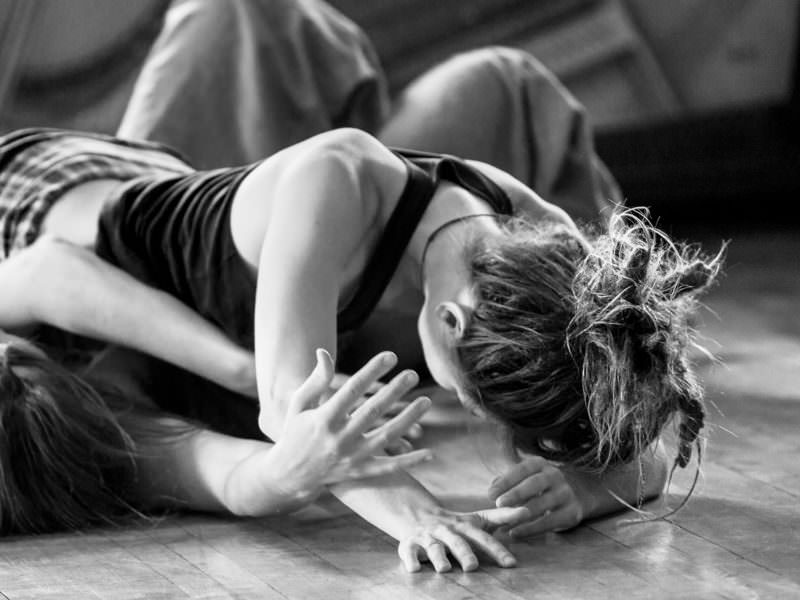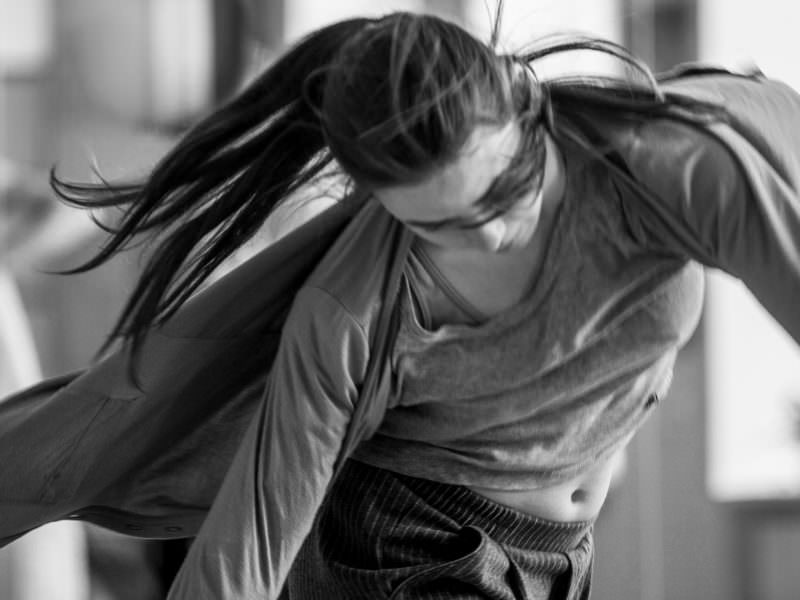What is Dance Movement Therapy?
We follow the definition of the European Association of Dance Movement Therapy (EADMT).
“Dance Movement Therapy is the therapeutic use of movement to promote the emotional, cognitive, physical, mental and social integration of the individual. Dance therapy sees dance as an experienced movement that leads to creative expression and communication as a core component. Movement is both an intervention and a means of assessing the therapeutic process.” – (Definition EADMT)
“Dance Movement Therapy promotes self-awareness and embodiment as well as individual expression and relationship to the world. It uses proven methods for movement observation, assessment and intervention. Dance therapy is body- and movement-oriented (embodiment), often using depth psychology and creative media. It is dynamic, subtle, powerful, small, large – it is everything that we humans can be in our humanity alone and as beings related to the world.” – Brigitte Züger, Head of Zoe School Basel.

The goal of Dance Movement Therapy
The aim of Dance Movement Therapy is to undergo transformative experiences through physical and emotional experience and through the expression of movement. This strengthens the sense of self and coherence, taps into resources and promotes self-efficacy.

Professional field
Dance Movement Therapists …
- work therapeutically and preventively in the entire field of health care, social services and education with clients of all ages. They treat clients who approach them independently or on the basis of a referral or prescription. In their own practice, which they run professionally, they accompany individuals or groups.
- work together with medical specialists, representatives of social institutions, teachers and representatives of the authorities. To this end, they are trained in interprofessional communication at the ZOE SCHOOL so that they can adequately represent dance therapy in multiprofessional teams.
Dance Movement Therapists who are trained at the ZOE SCHOOL
- are able to create tailor-made dance therapy concepts for institutions.
- work in an evidence-informed manner and are able to implement (the latest) research findings in their practice.
Image of Man
Our view of humanity is based on a humanistic concept of being:
Every person is unique and is viewed as an individual whose body, mind and soul are interwoven and influence each other. The creative potential of each person is recognized, recorded, valued and supported. The individual is recognized and expected to be able to grant other people the same rights and to engage in discourse about them.
The humanistic perspective views people as embedded in an ecological and social environment with which they can resonate. They have a right to freedom as well as the right and responsibility to self-determination. This view of the human being emphasizes the interaction of internal processes and the resonance with external circumstances. For this reason, we also regard people as holistic beings.
The job description
The job description
Arts therapists with a federal diploma,
– are specialists in therapy using artistic media.
– are active throughout the healthcare, social services and education sectors and treat people of all ages both therapeutically and preventively.
– work with clients who approach them independently or on the basis of a referral or prescription.
– accompany individuals or groups in their own practice as well as in a clinical setting.
– cooperate with medical professionals, educators, representatives of social institutions and authorities.
The competencies
Arts therapists and art therapists
– intervene in a client-centered manner
– develop treatment programs
– live and promote art
– shape therapeutic relationships
– communicate and cooperate
– organize operational procedures
Competencies in movement and dance therapy
Arts therapists with a federal diploma specializing in Dance Movement Therapy
– expand and shape the movement possibilities of their clients.
– use body and movement therapy assessments and movement analyses to identify and analyze movement patterns and limitations in body experience as well as movement and behaviour patterns.
– use direct physical experience to encourage clients to deal with limitations and relationship and behavioral patterns and activate physical and psychological resources.
– integrate the physical, emotional, cognitive and social levels, initiate and structure them through new movement sequences initiated on an artistic level and activate muscular and neuronal networks.
– create a new awareness of their own identity.
– have a broad repertoire of subject-specific methods and intervention options at their disposal.
– are guided by various theoretical approaches and modulate patterns and processes through both expression-oriented and guided forms of movement

Research
Dance Movement Therapy relies on a considerable amount of research. This means that the evidence for dance therapy has been created, which enables us to work in an evidence-informed and evidence-based way.

